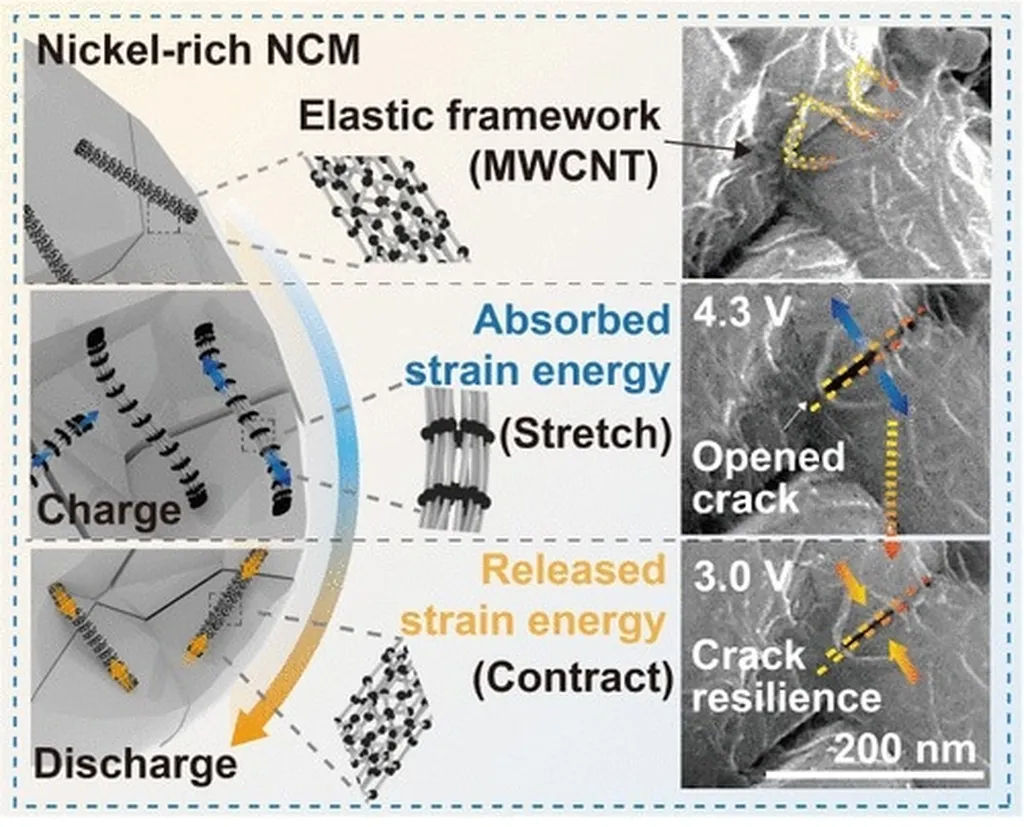In the heart of Shanghai, a team of researchers has developed a groundbreaking solution to a persistent problem in the construction industry: corrosion in reinforced concrete structures. Led by YANG Weilai of the Shanghai Building Science Research Institute Co., Ltd., the team has created a new type of embedded sacrificial anode designed specifically for existing reinforced concrete structures, a development that could have significant implications for the energy sector and beyond.
Corrosion of steel reinforcement within concrete is a widespread issue, leading to structural degradation and costly repairs. Traditional sacrificial anodes have often proven ineffective in existing structures due to their poor applicability. However, the new anode developed by YANG Weilai and his team, including ZHAO Rongxin, CHEN Ning, WU Huayong, and XU Ning, addresses this challenge head-on.
The team’s research, published in the journal ‘Cailiao Baohu’ (which translates to ‘Material Protection’), demonstrates that their embedded sacrificial anode can fully polarize steel reinforcement within just six hours in simulated concrete pore solutions. During its service period, the steel reinforcement potential consistently remains more negative than -780 mV, a critical threshold for effective corrosion protection.
“Our anode provides a stable output current of 0.4 mA, with a current density of 12.74 mA/m²,” explained YANG Weilai. “This means it can effectively protect the steel reinforcement from corrosion, extending the lifespan of the concrete structure.”
The research also revealed that the anode’s protective effect diminishes with distance, with a maximum effective range of 80 cm. This finding is crucial for practical applications, as it guides the optimal placement of anodes within existing structures.
One of the most notable aspects of this research is the behavior of the anode’s corrosion products. These products diffuse through the mortar pores as fine white particles, reducing the risk of concrete cracking caused by the expansion of corrosion products. This feature is particularly important for maintaining the structural integrity of reinforced concrete.
The commercial implications of this research are substantial. In the energy sector, where reinforced concrete is widely used in infrastructure such as power plants, wind turbines, and offshore platforms, the ability to protect existing structures from corrosion can lead to significant cost savings. By extending the lifespan of these structures, the need for frequent and expensive repairs or replacements is reduced, making operations more efficient and sustainable.
Moreover, the technology has the potential to be applied in various other industries, including transportation, construction, and civil engineering, where reinforced concrete is a fundamental material. The widespread adoption of this embedded sacrificial anode could revolutionize the way we approach corrosion protection, leading to more durable and resilient infrastructure.
As the world grapples with the challenges of aging infrastructure and the need for sustainable development, innovations like this embedded sacrificial anode offer a beacon of hope. By addressing the root cause of corrosion in reinforced concrete, this technology paves the way for a future where our structures are not only stronger but also more enduring.
In the words of YANG Weilai, “This research represents a significant step forward in the fight against corrosion. We believe that our embedded sacrificial anode will play a crucial role in extending the life of reinforced concrete structures, benefiting industries and communities alike.”

